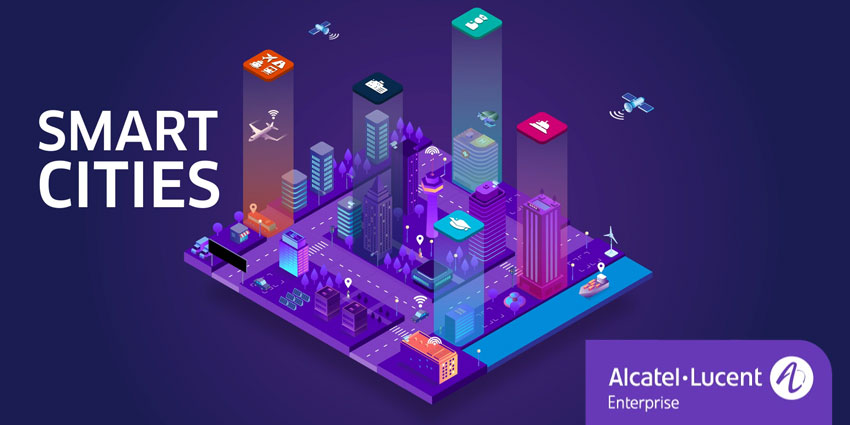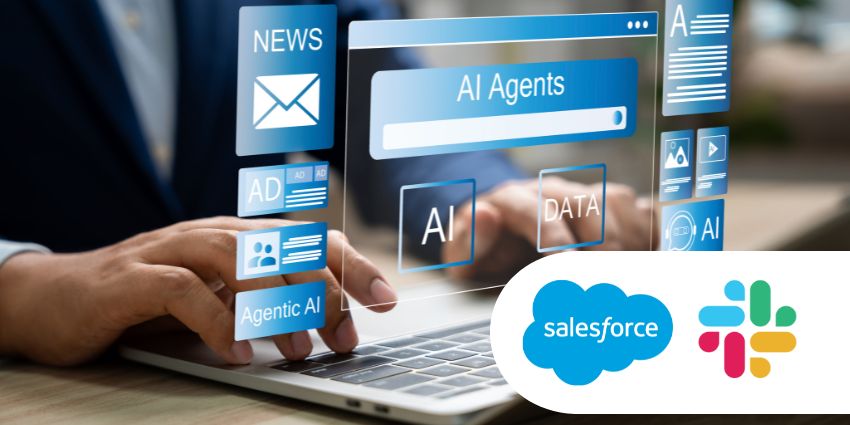The rise of new technology around the world isn’t just changing the way that we work; it’s also having a significant impact on the way that we live too. According to the United Nations, 68% of the world’s population will be living in urban areas by 2050. This growth in urbanisation means that community leaders are beginning to think more carefully about how cities can be organised and optimised in the new digital age. The era of the smart city is coming.
ALE is one of the businesses best-poised to deliver on this new smart city proposition. The company offers state-of-the-art enterprise communication and collaboration services, but it’s also on the cutting edge of IoT, AI enablement with CPaaS. ALE’s smart city offerings are changing the way that the world thinks about things like disaster recovery, town development, and even support for emergency situations.
I caught up with Jacques Der-Ohanian, the Head of Government business engine for Alcatel-Lucent Enterprise, to talk about the potential of smart cities.
What is a Smart City?

“Innovation” is one of the underlying features of any smart city according to Jacques. Today’s smart cities have a goal to provide better experiences and services to every resident, from government staff members to citizens. “People are at the centre of a smart city, but the technology itself can cover a lot of different things, like smart lighting, smart traffic management, even smart waste management.”
A smart city is a complicated development, according to Jacques, but usually, the underlying drivers for implementing this new technology are a need to deliver excellent public services, manage budgets more effectively, and enhance the attractiveness of the area.
Smart cities are like the “digital transformation” of a specific area. They’re a way for entire communities to improve their operations by connecting everything through state-of-the-art tools and technology.
“The first step in building a smart city is connectivity. The second step is IoT so that we can connect with machines and processes, as well as possible”
Jacques also noted that AI can be a crucial tool for analysing the options available for IoT connectivity. Through artificial intelligence, companies can define the right communication strategy and intelligent automation solutions to solve specific problems.
With in-depth analytics, users can figure out who should be receiving messages in the communication strategy, what kind of communication triggers need to be used (text, voice or video), and what level of communication is required (one to one, or one to many). ALE can integrate various rich and diverse communication solutions with essential business applications in a smart city operation centre, to suit a range of unique strategies.
Exploring Smart City Opportunities with CPaaS and APIs
Smart cities have the potential to deliver a lot of exciting new things to the communities of tomorrow. For instance, governments and public services companies could use this technology for digital citizen engagement on channels like voice, video, and IM, creating effective interactions. Additionally, with integrations like Rainbow CPaaS from ALE, organisations can implement artificial intelligence to supplement human services and provide more consistent 24/7 support.
“Rainbow can even provide basic answers to citizens using a bot, so we don’t need to have a contact centre running at all times to serve modern citizens. Instead, people can expect a real-time resolution to their problems without having to wait for a contact centre to open. AI can be used for sentiment analysis or translate native language request or analyse an image to identify the type of issue reported and even its location. What’s more, with analytics and insights built-in, government groups and public services companies can be more proactive with the measures that they take to serve people.”
By connecting multiple objects and things in the smart city environment, tools like Rainbow can give today’s location leaders access to valuable information that allows them to make more informed decisions. The opportunities for building on this information are practically endless, from implementing automated attendees in government environments, to facilitating better maintenance and security operations city-wide.
Smart Deployments
ALE’s expertise in IoT & artificial intelligence enablement, and CPaaS means that the company is capable of offering a wide range of specialised solutions to governments that want to create smart cities. ALE specialises in enabling a new era of IoT and AI solutions for today’s users, according to Jacques:
“The primary investment is usually security. With smart cities, groups can gather information from citizens and objects and decide how to respond to a situation more effectively. If police or other emergency services need to go to a location, they can also provide more information to those people and even control IoT (smart lighting for example) to help them perform better in their jobs.”
Smart cities give governments a lot of useful way to better protect their citizens, from instantly informing the population when they’re at risk of a weather event or another danger, to making sure that those people are moved into a safer location. Location services are particularly useful in the smart city space according to Jacques, because they allow government groups to respond quickly to potential dangers in an area, and move from reaction to anticipation, proactively managing human resources and assets whenever they need to.
With ALE, governments can also collect a lot of useful information to improve the potential revenue and attractiveness of a city. With in-depth analytics and artificial intelligence, governments will be able to see how they can take the next step in the city’s development to improve long-term outcomes.







